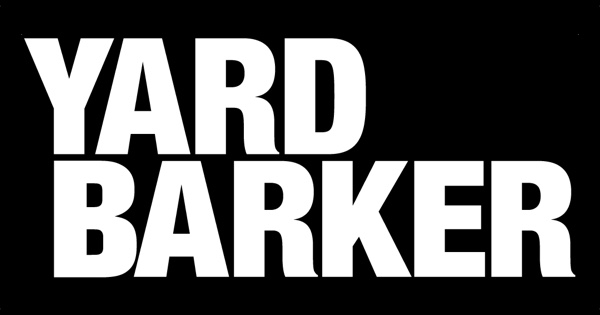Copyright The New York Times

California voters agreed Tuesday to aggressively redraw the state’s congressional district lines to wipe out as many as five Republican seats, according to The Associated Press, delivering a major victory for national Democrats hoping to wrest control of the House of Representatives in 2026. Gavin Newsom, the state’s Democratic governor, had championed the ballot measure, successfully selling it as an emergency response to President Trump’s efforts to press Republican states across the country to redraw their own boundaries for political advantage. It’s now possible that Democrats could hold as many as 48 of California’s 52 seats after 2026, up from the party’s current 43 seats. Redistricting wars have spread nationwide since the summer, when Republicans carved as many as five new congressional seats for the party in Texas. The passage of new maps in California represents the first and most significant swing back in favor of Democrats. Republicans currently hold a mere three-seat majority in the House, and control of the chamber is the Democratic Party’s best chance to take any power in Washington next year and thus thwart Mr. Trump’s agenda in the second half of his second term. Mr. Newsom and a parade of national Democrats had pitched the redistricting measure as a necessary maneuver by the left to counteract Mr. Trump’s bending of the typical rules of political engagement. They called it the Election Rigging Response Act, purposefully naming it Proposition 50 in reference to the 50 U.S. states, symbolizing the nationwide scope of the fight. Congressional maps are typically reconfigured each decade, only after the census. But Mr. Trump has pushed Republican-controlled states to adopt partisan new maps that erase Democratic seats this year to improve Republican chances to keep power in the House. He has succeeded so far in Missouri, Texas and North Carolina. Democrats control fewer statehouses, and in some of those places, including California, they had previously ceded mapmaking authority. More than a decade ago, California voters had stripped politicians of partisan mapmaking powers, handing control to an independent citizens commission. But Mr. Newsom persuaded state legislators in Sacramento this summer — and ultimately the public on Tuesday — to roll back those reforms. Voters agreed to rewrite the California Constitution, installing the heavily gerrymandered maps favoring Democrats until the next census in order to offset congressional Republican gains elsewhere. Supporters of the independent commission lamented the outcome, saying it was a mistake for the state to revert to partisan map-drawing after embracing a reform that created more competitive races. “For what looms for the people of California, I am saddened by the passage of Proposition 50,” Charles T. Munger Jr., a longtime champion of independent redistricting and the largest donor against the measure. Mr. Munger, a Republican, added that Californians must ensure that the state will revert to having maps drawn by its independent commission after the 2030 census. Mr. Newsom raised more than $100 million in three months for a campaign that cemented his status as one of the nation’s leading antagonists to Mr. Trump, and his position as a serious potential Democratic presidential contender in 2028. His office’s all-caps social media posts that mocked Mr. Trump’s caustic style with dripping sarcasm went viral. And Mr. Newsom’s full embrace of battling — and baiting — Mr. Trump became a comforting salve for a Democratic base that has been crying out for a more full-throated response to a president seen by the left as fraying the basic fabric of democracy. Early on, the redistricting ballot fight was expected to be highly competitive. Mr. Munger, a physicist and heir to a business fortune who had supported the initial redistricting reforms in the state, poured more than $30 million into stopping Mr. Newsom. But his donations mostly dried up soon after Labor Day, and so did other funding against the measure. Former Gov. Arnold Schwarzenegger, a Republican who had counted stripping politicians of their map-drawing powers as one of his administration’s major accomplishments, publicly spoke out against the measure but did little else to mobilize opposition. By October, Mr. Newsom and his allies mostly had the airwaves to themselves in a state where television ads are still king. All told, proponents spent roughly $99 million on advertising online and on television compared with nearly $39 million in opposition, according to data from AdImpact, an ad-tracking service. The one-sided deluge caused Mr. Newsom to tell small donors to stop giving any more money more than a week before the election, an unusual declaration that showed how confident his team had become. The closing ad in support of Proposition 50 distilled much of the strategy from Mr. Newsom’s team: rallying Democrats to the polls in a Democratic state to stand up to Mr. Trump. It featured former President Barack Obama, Mr. Newsom, Representative Alexandria Ocasio-Cortez of New York, Senator Elizabeth Warren of Massachusetts and even Representative Jasmine Crockett of Texas, a firebrand who has become a favorite of the progressive base. The new maps approved by voters will significantly scramble California’s congressional delegation, which is the nation’s largest, with 52 members.



